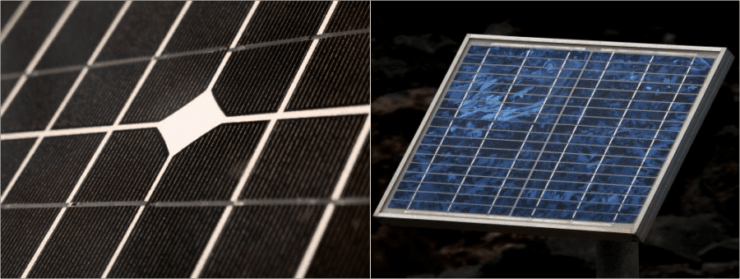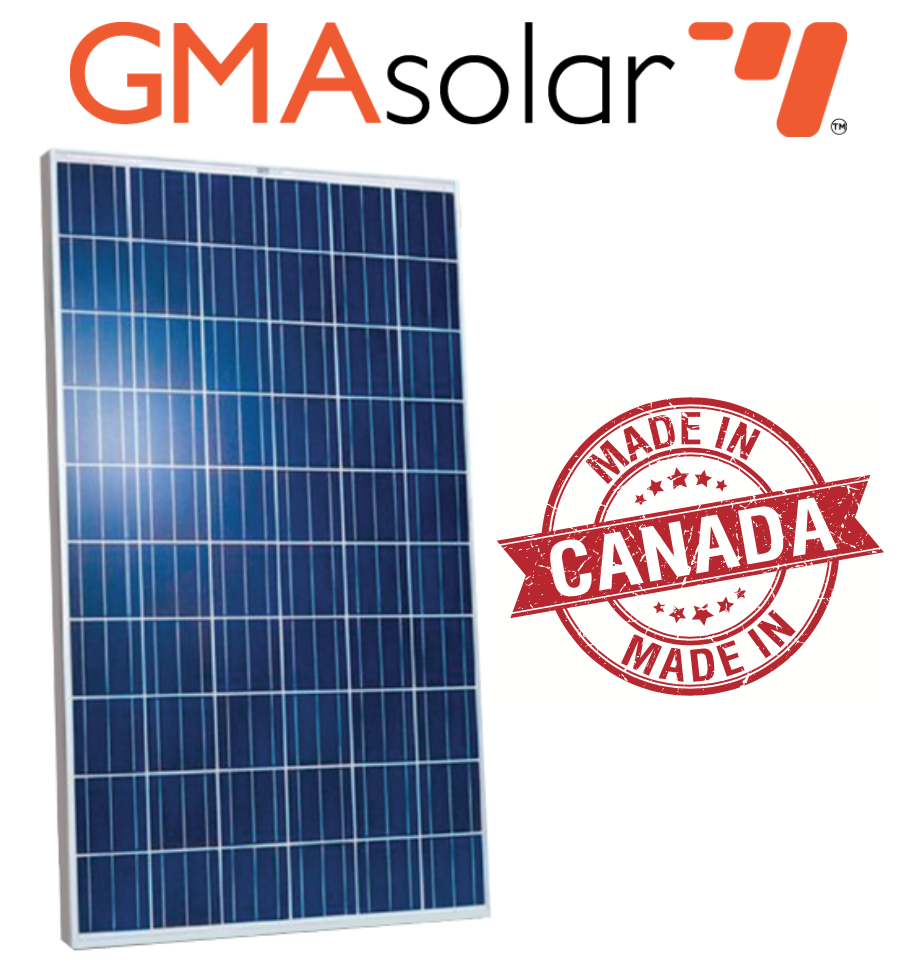According to the lawrence berkeley national laboratory monocrystalline solar panels sell for about 0 05 per watt higher than polycrystalline modules.
Solar panel area per kw monocrystalline polycrystalline.
For instance a polycrystalline 100 watt solar panel can give you efficiency at the rate of 17 maximum while its monocrystalline counterpart at the same rating can deliver up to 19.
From the example of a standard residential polycrystalline solar panel we used above we know that if one 275 watt solar panel is 18 85 square feet then 1 kw 1000 watt of panels will.
The efficiency of polycrystalline solar panels is somewhat lower but the benefit for customers is that this option is more affordable.
If we take california as an example the map shows that on average 1 kw of dc peak capacity of solar panels produces 4 5 kwh per day or 1642 kwh per year.
Astronergy 285w solar panel.
As solar technology and manufacturing has improved the price difference between polycrystalline and monocrystalline panels has shrunk.
155 285w 54 cents watt.
In addition polycrystalline solar panels tend to have a blue hue instead of the black hue of monocrystalline panels.
This makes monocrystalline solar panels suitable for places where there is a space crunch and more power per unit area is required from the panel.
225 315w 71 cents watt.
Polycrystalline solar panels are also made from silicon.
Mission solar 315w solar panel.
Both of these are mono solar panels.





























